Jarrett Gel batteries, often referred to as Gel Cell batteries, are a type of lead-acid battery. They are similar to AGM (Absorbent Glass Mat) batteries but use a gelified electrolyte instead of a liquid. Here are some key features and benefits:
Features of Gel Batteries:
- Maintenance-Free: Gel batteries are sealed and require no maintenance, such as adding water.
- Leak-Proof: The gel electrolyte prevents leaks, making these batteries safer and more versatile in terms of installation positions.
- Gel Electrolyte: The electrolyte is in a gel form, which reduces the risk of leakage.
- Deep Discharge Recovery: They can withstand deep discharge cycles better than other types of lead-acid batteries.
- Durability: Gel batteries are designed to be more durable and last longer in terms of both cycles and shelf life.
- Vibration Resistance: They are more resistant to vibrations and shocks, which makes them suitable for applications in rough environments.
Applications:
- Renewable Energy Systems: Solar and wind energy storage.
- Electric Vehicles: Golf carts, wheelchairs, and other electric vehicles.
- Marine Applications: Boats and other marine equipment.
- Uninterruptible Power Supplies (UPS): Backup power for computers and other electronics.
- Telecommunications: Power backup for telecom systems.
Advantages:
- Longevity: Gel batteries typically have a longer lifespan compared to traditional flooded lead-acid batteries.
- Performance in Extreme Temperatures: They perform better in extreme temperatures compared to flooded batteries.
- Low Self-Discharge: They have a lower self-discharge rate, meaning they can hold a charge longer when not in use.
Disadvantages:
- Charging Sensitivity: They require careful charging to avoid damage. Overcharging can cause voids in the gel, which can permanently reduce capacity.
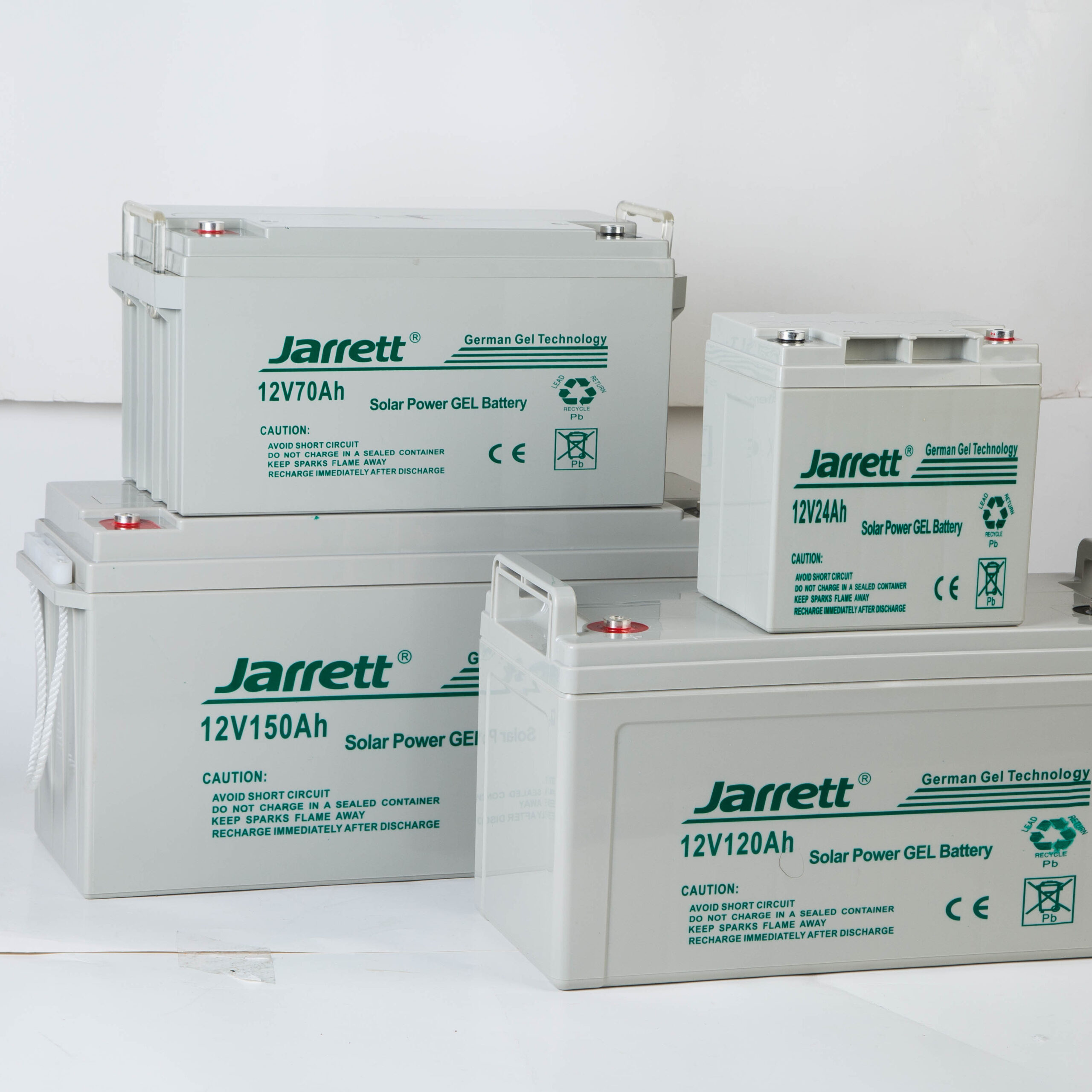
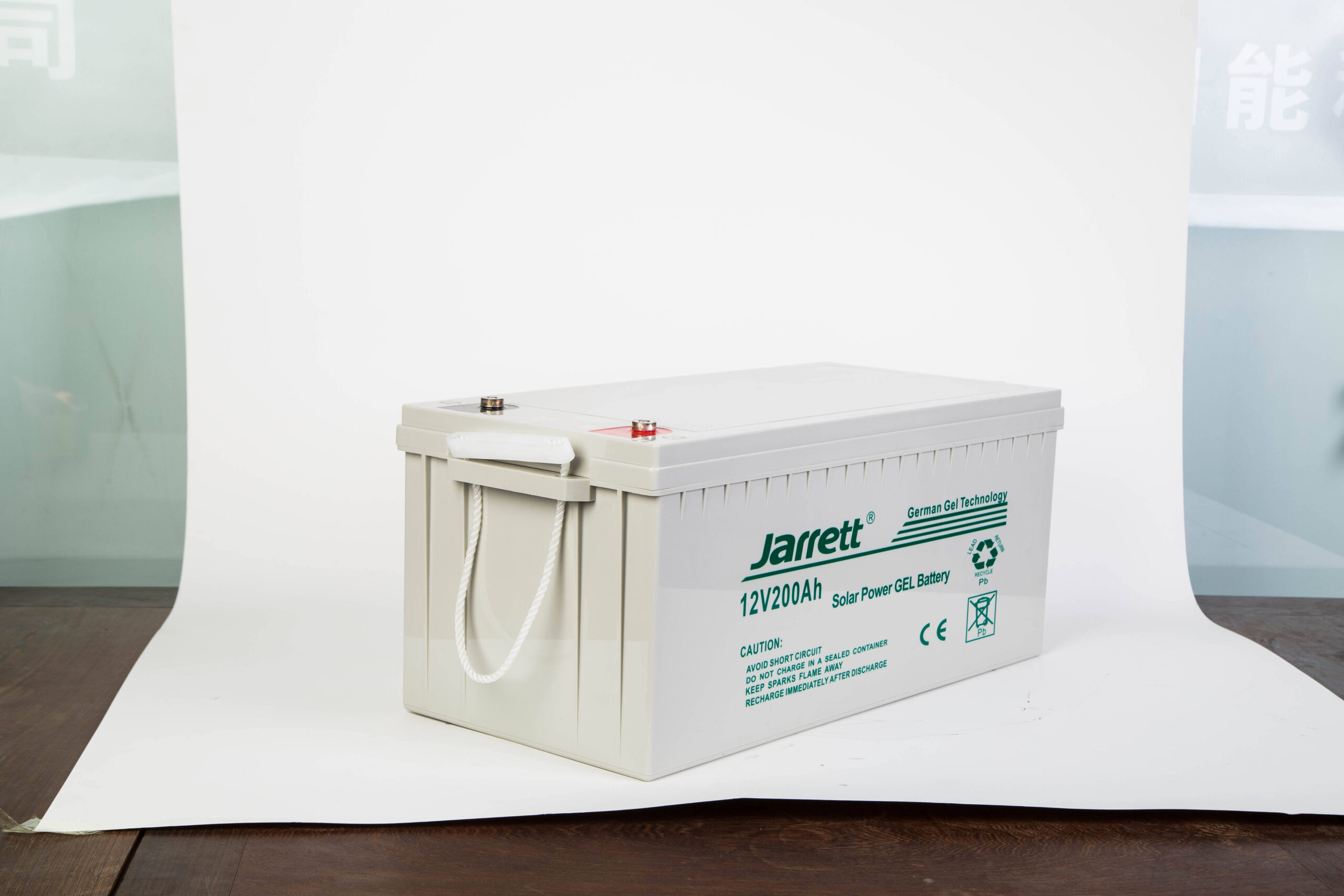
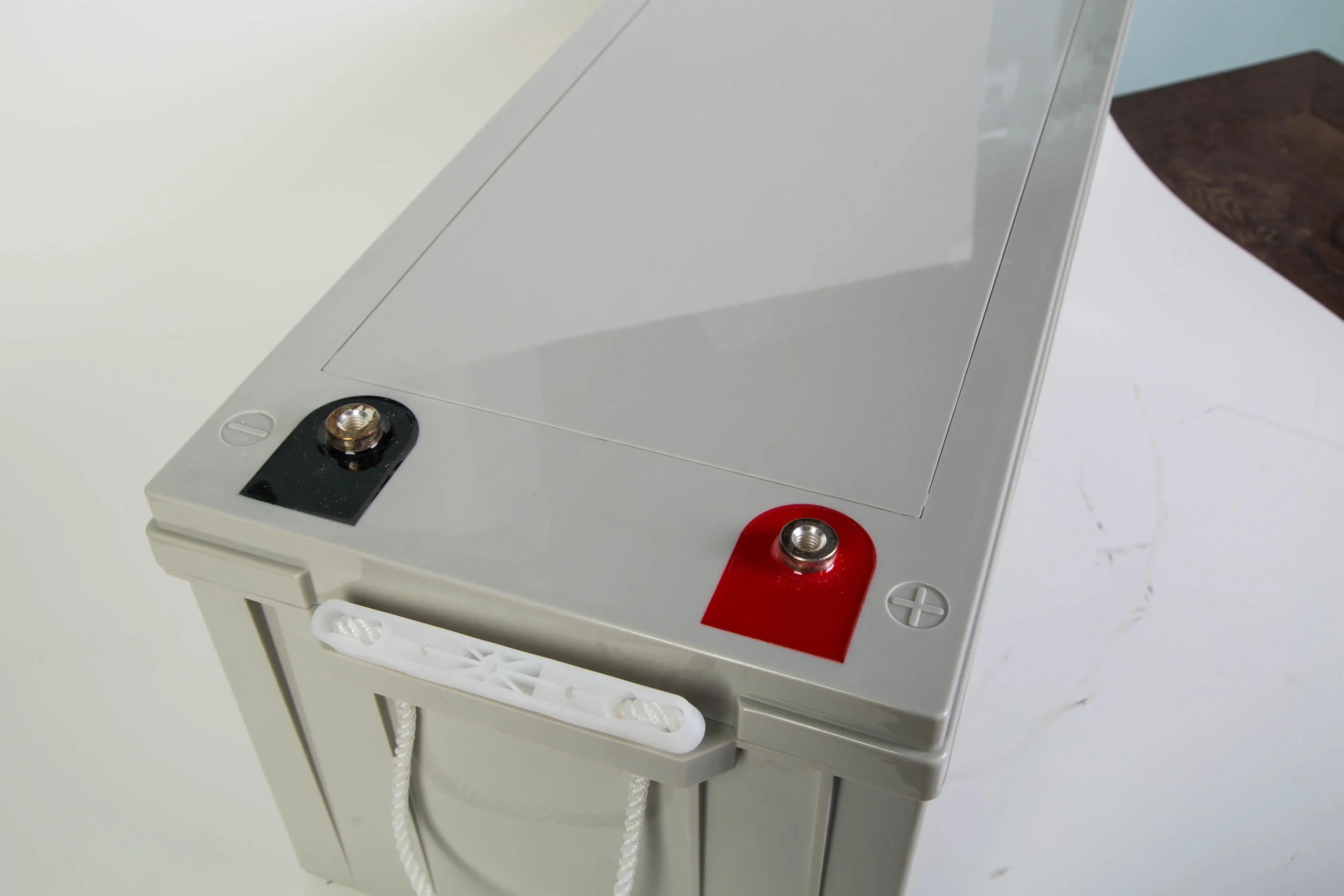
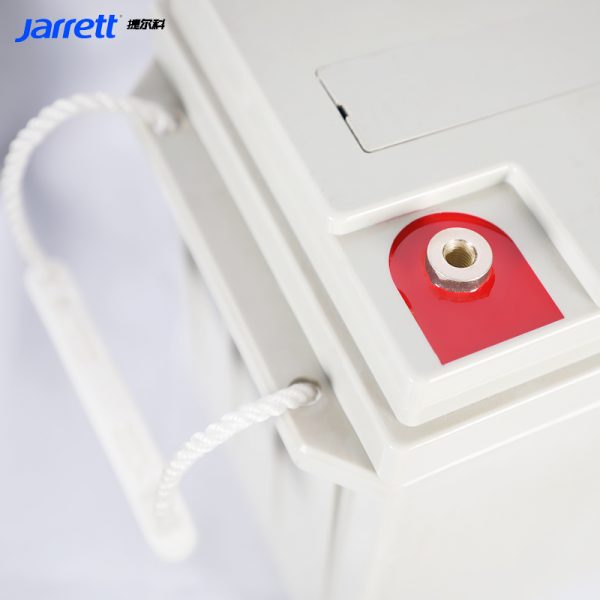
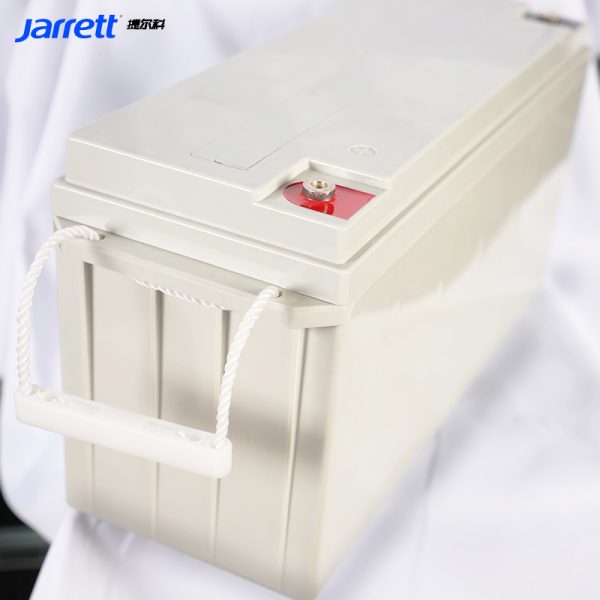
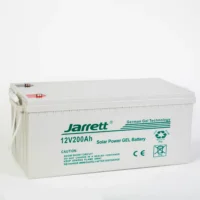

Reviews
There are no reviews yet.